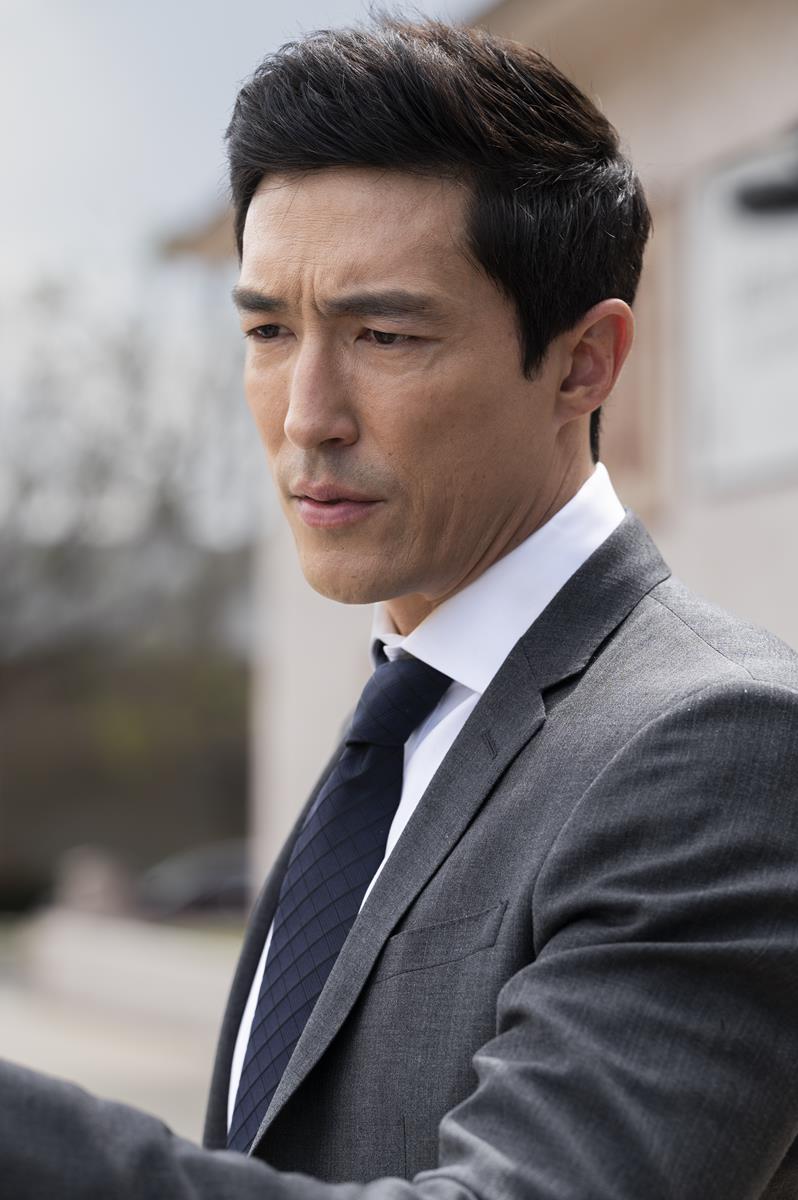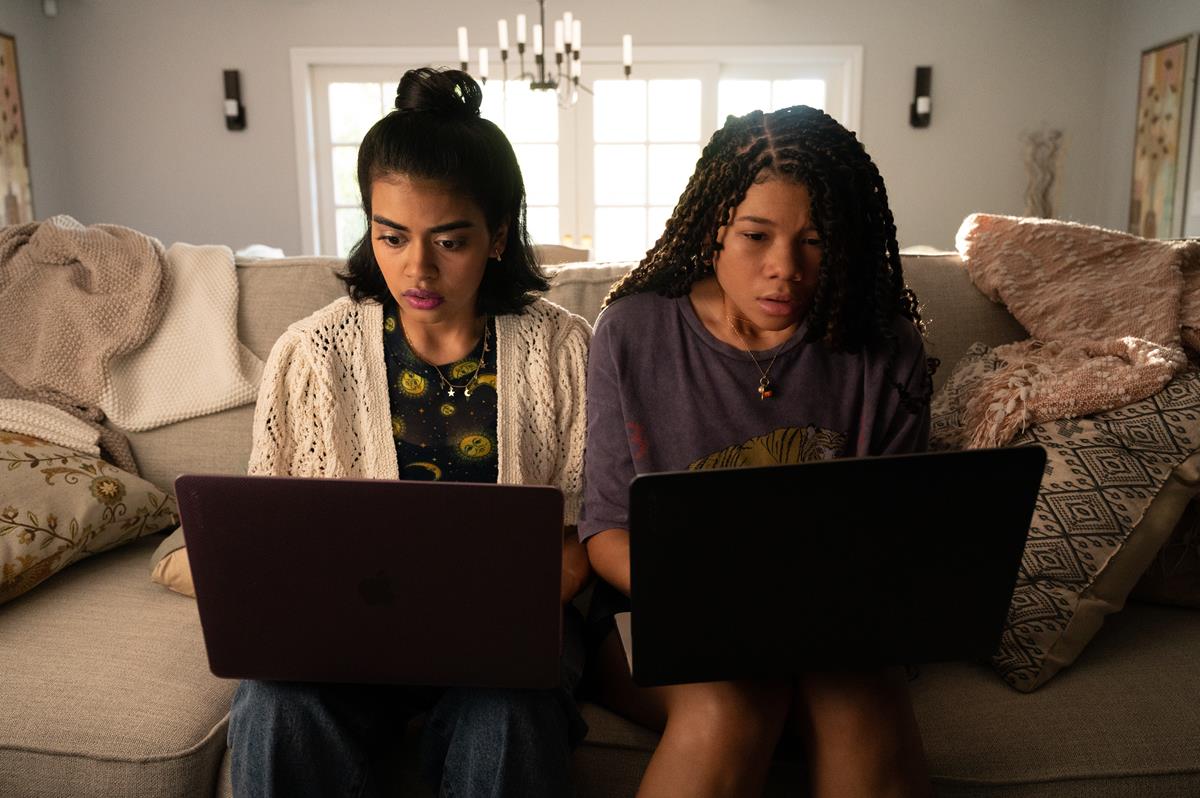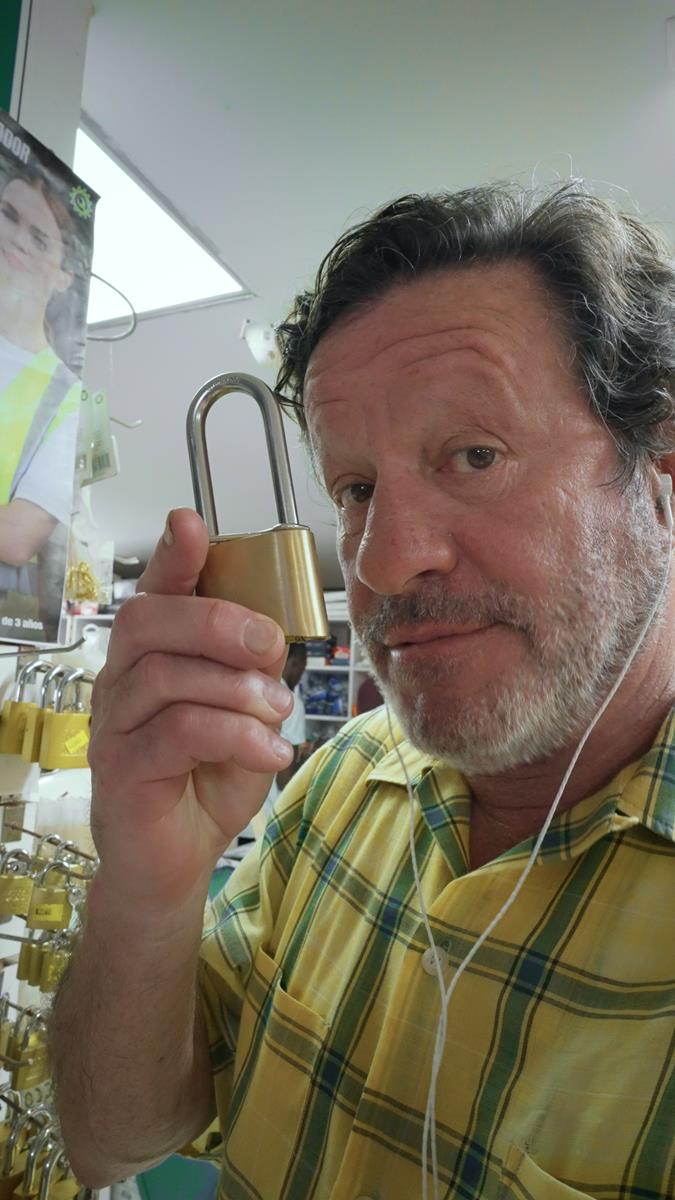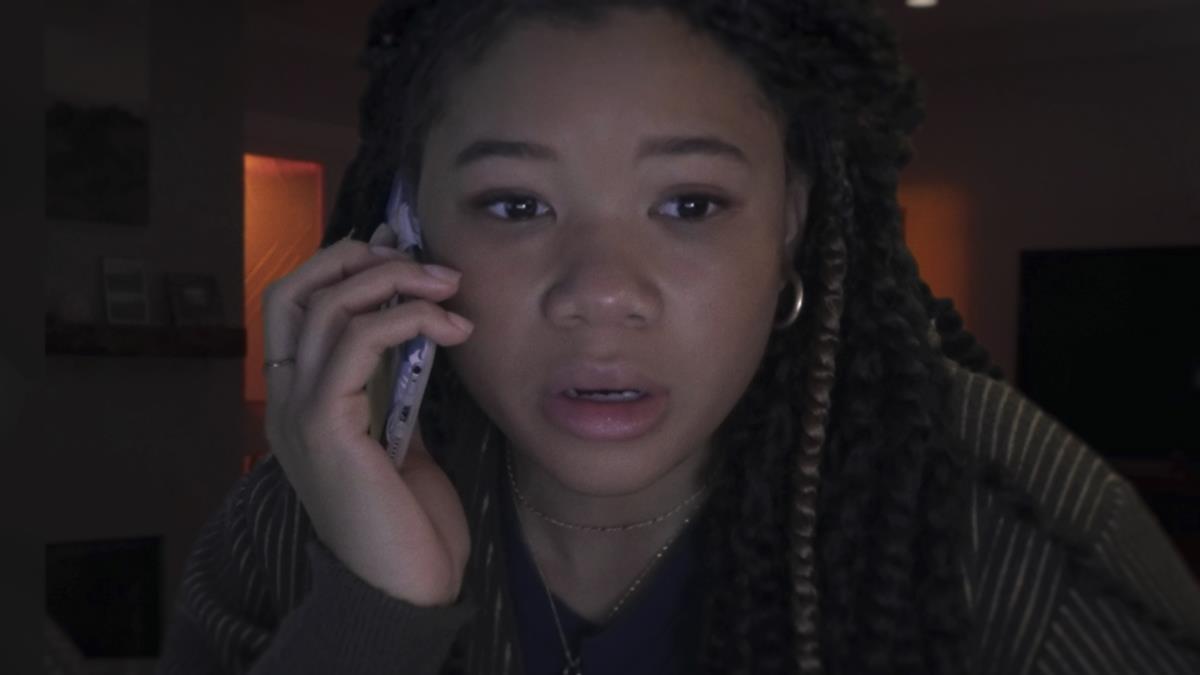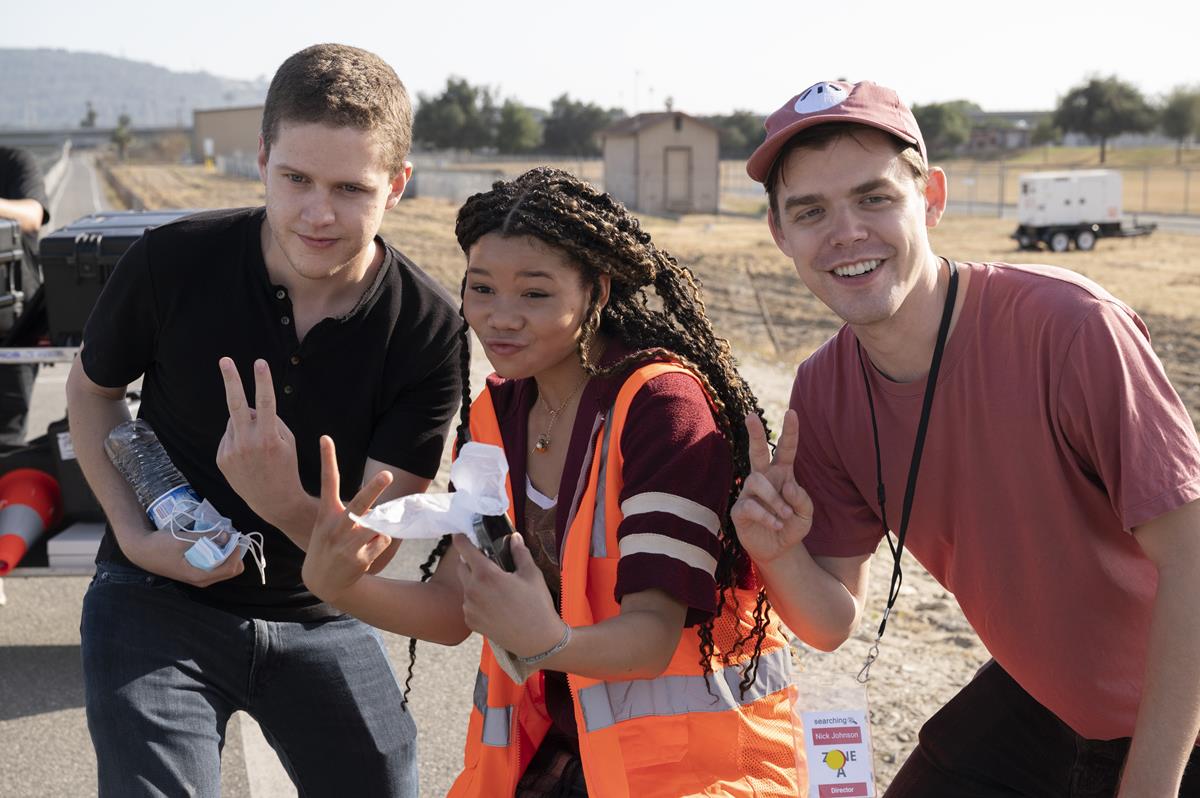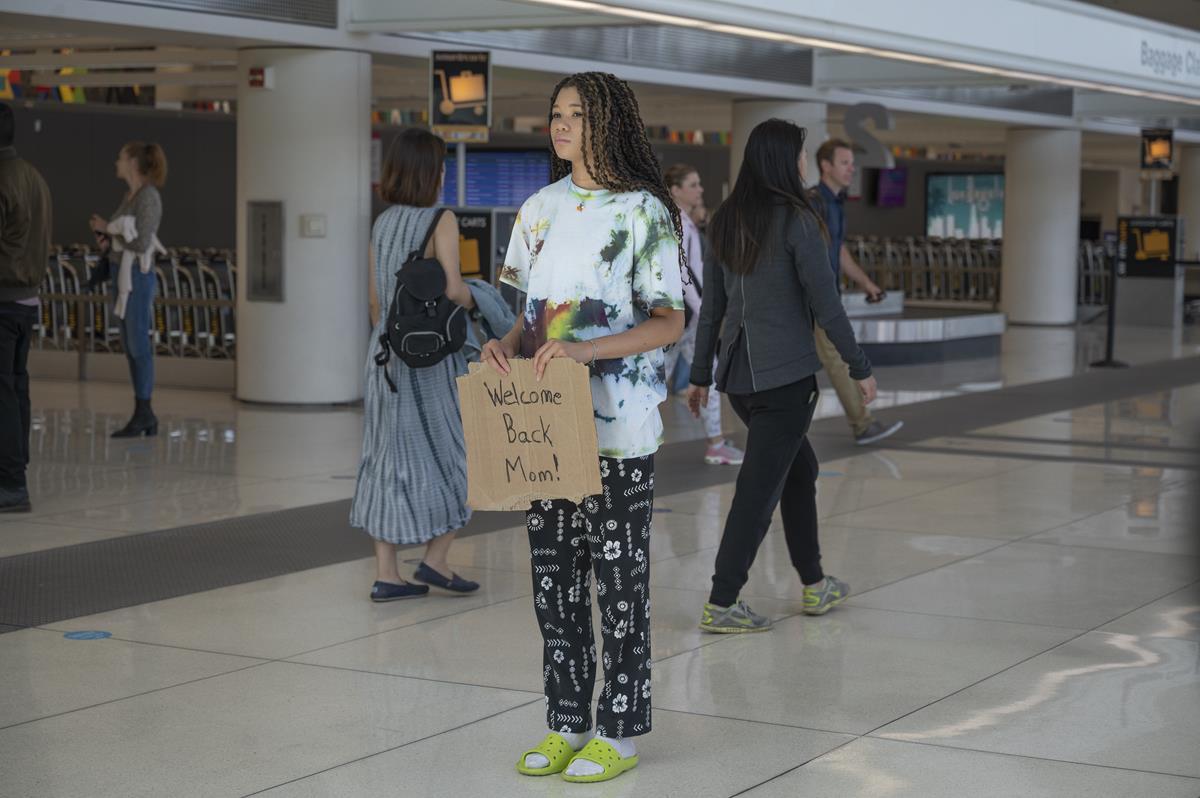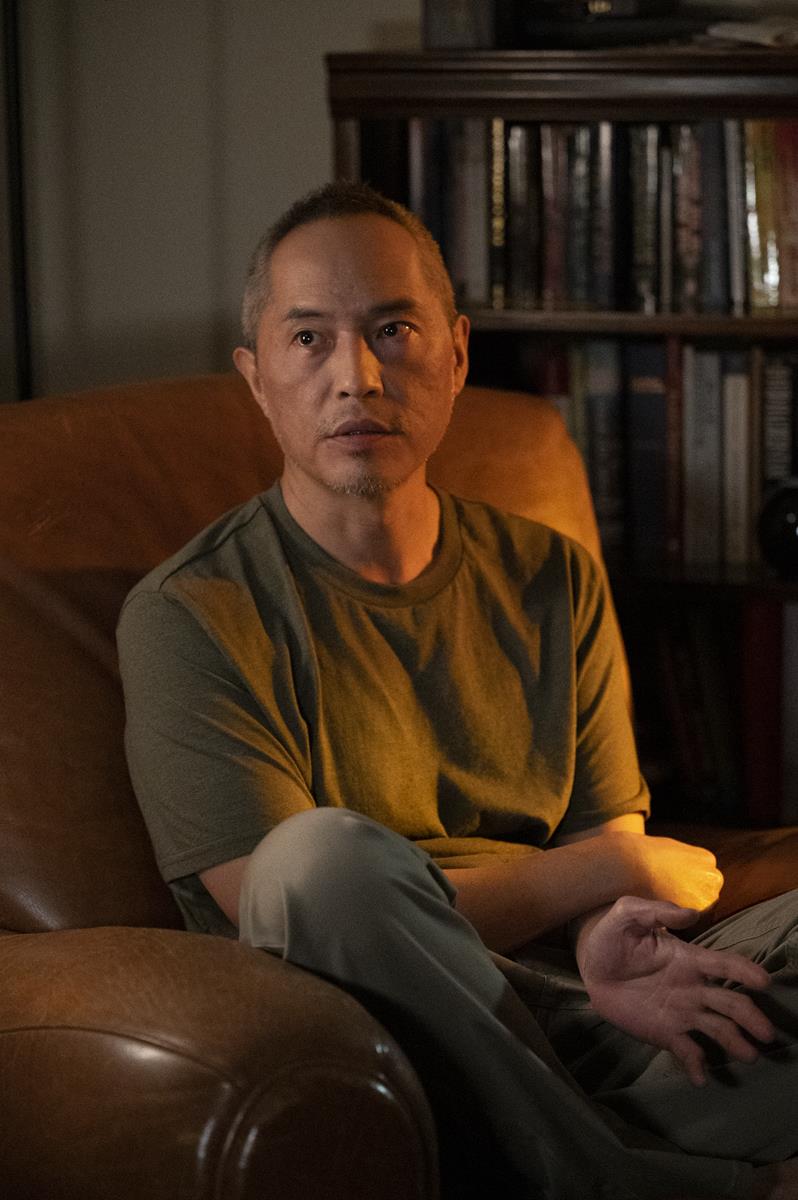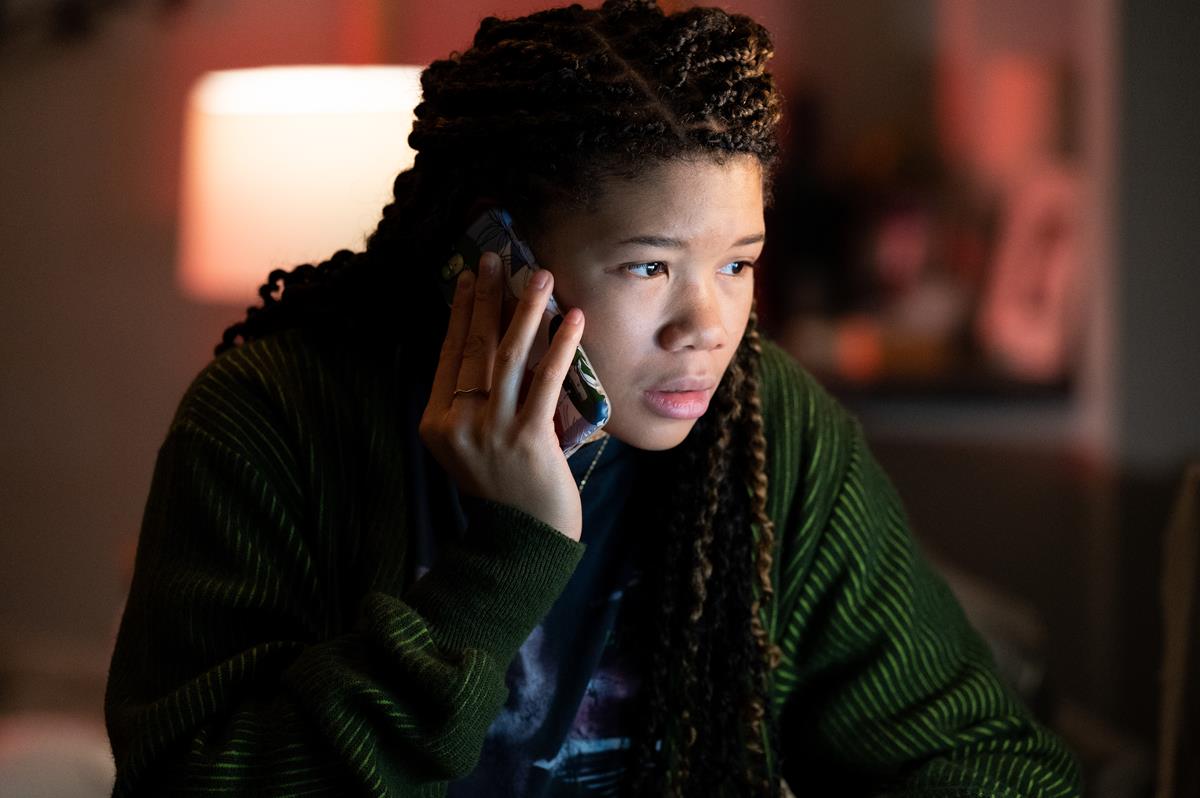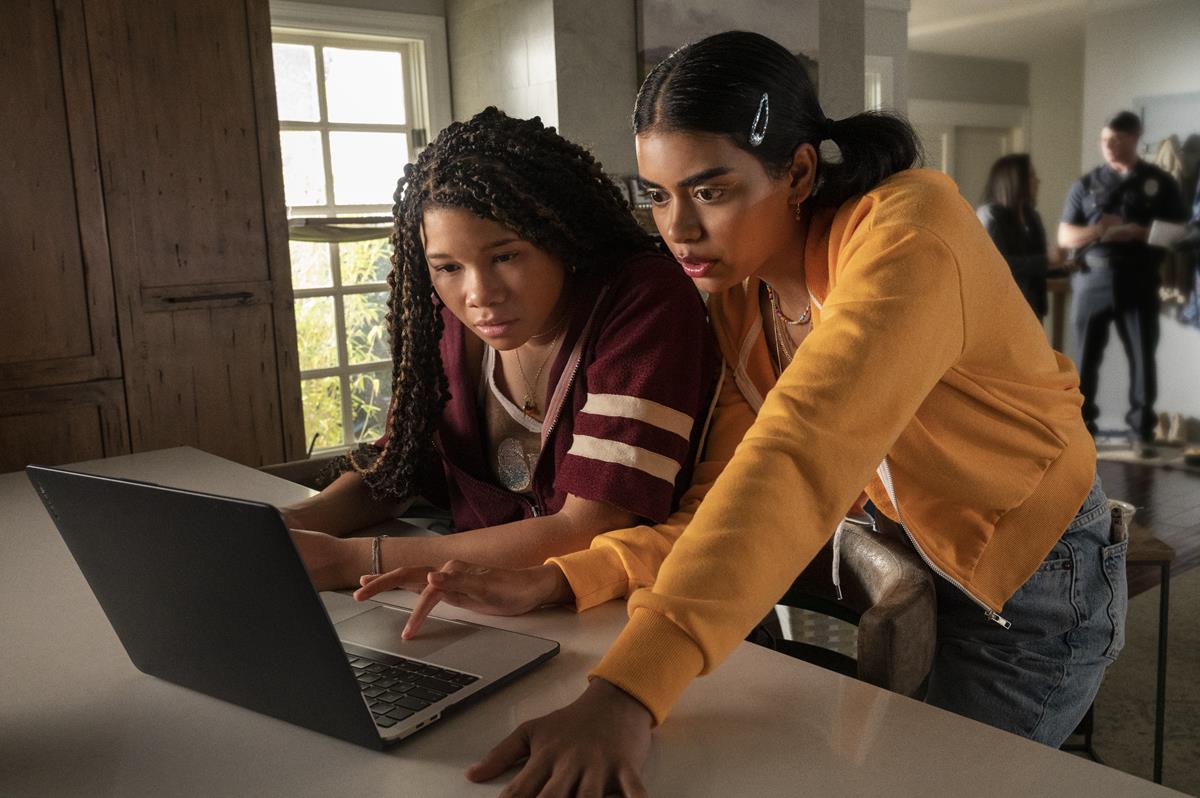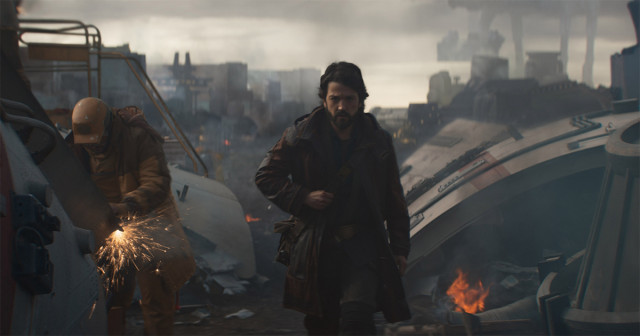TL;DR
- Editors Austin Keeling and Arielle Zakowski explain how they assembled “Missing,” which — like 2018’s “Searching” — was designed to be told entirely on screens.
- The films was shot entirely on screens using Adobe Premiere Pro and After Effects.
- The production team rebuilt graphic worlds and recreated user interfaces from different companies. They also created advanced rigs to simulate footage from iPhones, which were used as storytelling devices.
2023’s Missing came out hot on the heels of 2018’s Searching, but isn’t classed as a sequel. Both movies, however, are of a type being played out only on screens, which on the face of it seems an easy and cheaper route to production. You may or may not be surprised to hear that this is partly true.
Of course shooting this way you won’t get the long shoot days, the multiple locations and camera channels, the heavy machinery for those swooping cinematic shots or the hundreds of extras. But be under no illusion, putting together something like these two movies and the “screen only” films that have came before them — like Unfriended and Host — is a huge undertaking.
In fact, it’s so specialized in post-production terms that the editors of Searching, Nicholas Johnson and Will Merrick, became the directors and writers of the new film, passing the real grunt work on to others.
Johnson and Merrick’s follow-up to the 2018 thriller Searching posed a challenge for new editors Austin Keeling and Arielle Zakowski about how to tell the story and create tension as a daughter, June, races against the clock to find her mother. The team accepted that challenge but it took them two-and-a-half years to complete it.
Variety’s Jazz Tangcay started the unpacking of how they did it. “Arielle and I took screenshots on our computers and put together the whole movie as a temp version. We were able to play around through the editing process (using Adobe Premiere Pro) and choose how to cover June’s laptop, how to tell it in the most effective way,” Keeling told her.
While FaceTime, Ring and the iPhone were just some tech storytelling devices in the film, the co-directors didn’t actually shoot on iPhones. Says Merrick, “We built more advanced rigs that could simulate what that [footage] would look like. We could go as deep in the depth of field as we needed to.”
They approached the computer screen cinematically, holding a beat whenever June got a new message in her inbox or panning the camera slowly across her screen for the next reveal.
READ MORE: ‘Missing’ Crew Explains How They Told a Thriller Almost Entirely Using FaceTime, iPhone and Ring Footage (Variety)
The Art of the Frame podcast had both editors describing the sometimes tortuous route to picture lock. Keeling started with explaining what the process wasn’t. “None of it was screen capture in the final edit. It’s all built with Illustrator files essentially in After Effects.” They had effectively built a previs of the film in Adobe Premiere Pro using temp artwork, like a virtual production, to then swap in the real footage in AE after they locked picture.
They were also conscious to the fact that Searching used a single screen where, for the new movie, they wanted to include more. Zakowski explained, “If Searching lay the ground rules to prove films like this can exist, this movie was constantly trying to reinvent that. The first one was mostly on one screen — we were wondering how many different screens we could be on and how many different ways we could see.” So you will see footage on Apple Watches, security cameras, television screens, door cams and, of course, computer screens.
But within that, you also have to build or rebuild graphic worlds. All the UIs of all the pieces of software needed to be exactingly recreated after securing permission from the various companies. Zakowski was particularly proud of how they remade Apple’s UI. “I do think we probably know more about Apple’s UI than they do. We even have some improvements to it. There are so many weird and hidden details on their UI like when you’re hovering a mouse over Tabs on Chrome, there’s a spotlight behind it; having to recreate all those things was a headache.”
To complicate matters, Apple’s UI actually upgraded twice during the course of post-production, so they decided to guess that June wouldn’t upgrade her computer from Summer 2022 on so they didn’t have to worry about the latest new features on the UI.
While the screen-capture route might have seemed preferable to the team, there was still the fact that they needed a way to change or adapt things for emotive reasons; even the way June typed. “Even the mouse movement and way she types things changed,” commented Keeling. “We were painstaking key framing those to make it feel like she’s going through something, having emotions while she’s doing these things. We were able to change the performance essentially by animating those things.”
The Wrap’s Robert Abele points out that apps that were popular back when Searching was in theaters needed some housekeeping to be more relevant in 2023. “The last film’s Facebook and YouTube rabbit holes — so 2018! — have been replaced here by Google street views, mobile tracking, dating site dives, and Taskrabbit outsourcing in the character of Joaquim de Almeida’s friendly Colombian local Javier,” he writes.
“Merrick and Johnson, with the help from Zakowski and Keeling, are wonderfully all-in with 21st century screen life as a temporal, multi-dimensional playground of exposition, perspective and tension. And isn’t that what the possibilities of cinema felt like to the silent-era directors?” Abele adds.
“A hovering cursor is the new suspenseful cutaway. A deceptively framed browser window is the new widening-out iris shot. A remorseful teenager staring at her missing mother’s affectionate ‘Love you’ IM, and ruing her own blasé thumbs-up ‘liked’ response instead of a reciprocal ‘loved’ heart, even counts as a meaningful flashback.”
READ MORE: ‘Missing’ Review: Stand-Alone ‘Searching’ Sequel Delivers More Digital Hunt-and-Peck Thrills (The Wrap)
So, was all this effort worth it? Martine Paris at Forbes interviewed producer Sev Ohanian to find out and, by the way, Missing has grossed over $45 million so far.
“The first movie, Searching, was a global hit which grossed $75 million theatrically, $20 million in Korea alone. Paris then asked the salient question: “How much did it cost to make Missing? Having shot on location in both Los Angeles and Cartagena, were you able to do it for under a million dollars, similar to Searching?”
“No, definitely not under a million, but I would say not a whole lot more,” Ohanian responded. “We did it very economically, that’s one of the appealing things about this as a franchise. For Searching, we were able to make it for under a million ($880,000) and with a very small print and advertising budget.”
Obviously there will inevitably be more movies and TV made this way; in fact, Ohanian’s company is already working on a sci-fi series with Warner Bros. Television Group for HBO Max called The Future that will have some of these elements.
READ MORE: ‘Missing’ Filmmaker Talks Wild Twists And Turns In Sony Pictures’ Teen Tech Thriller | Interview (Forbes)
Decider announced in January that Missing will eventually be on Netflix as a result of a deal between the streaming platform and the movie’s distributor, Sony Pictures. The deal gives the streamer US rights to all the company’s theatrical films starting in 2022.




